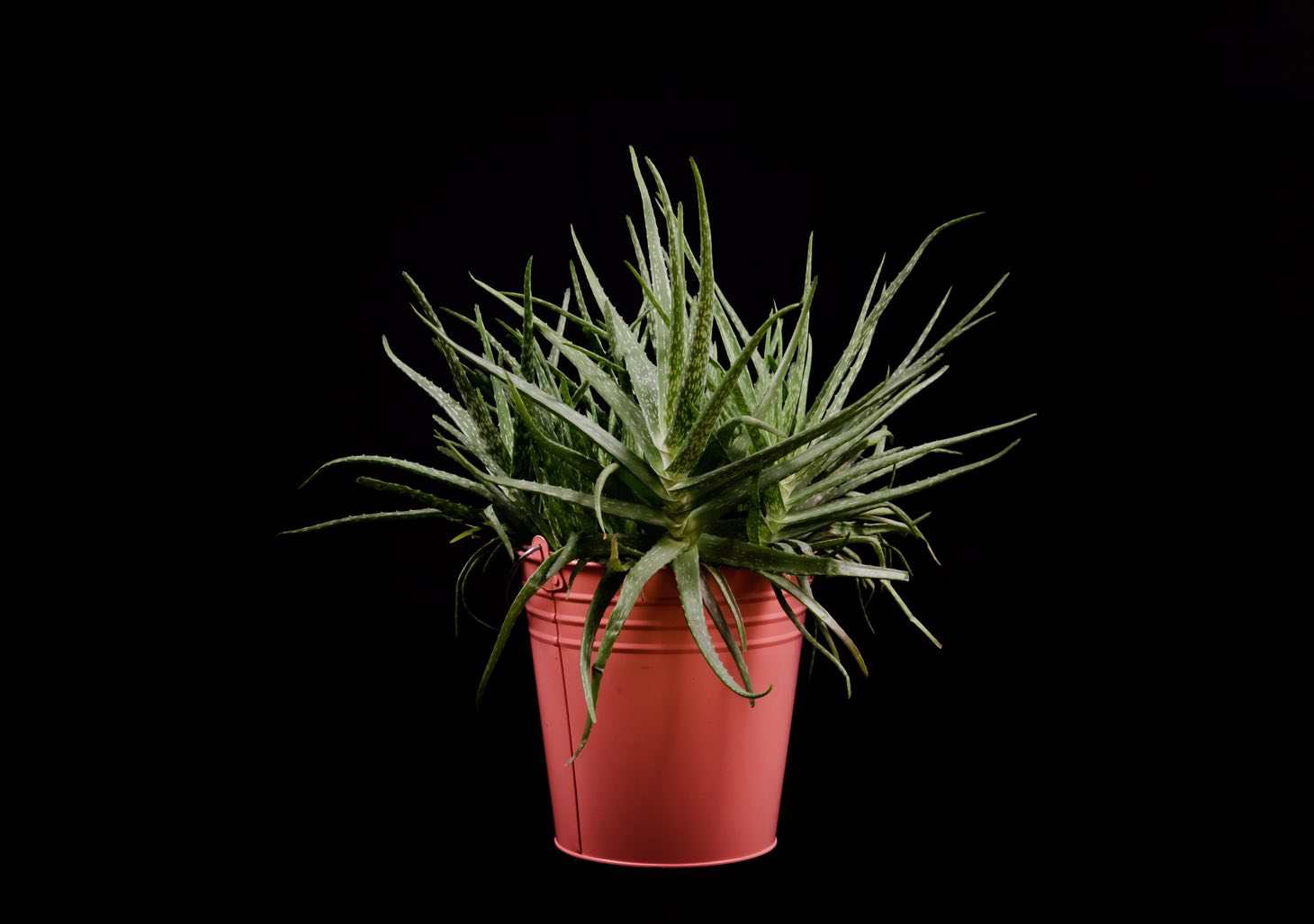How to Care for an Aloe Plant
When caring for an aloe vera plant, understanding its natural environment can make a significant difference. Originating from the Arabian Peninsula and Africa, this resilient plant flourishes in warm, sunny conditions. Place your aloe in bright, indirect sunlight, ideally near a west or south-facing window, and it will thrive.
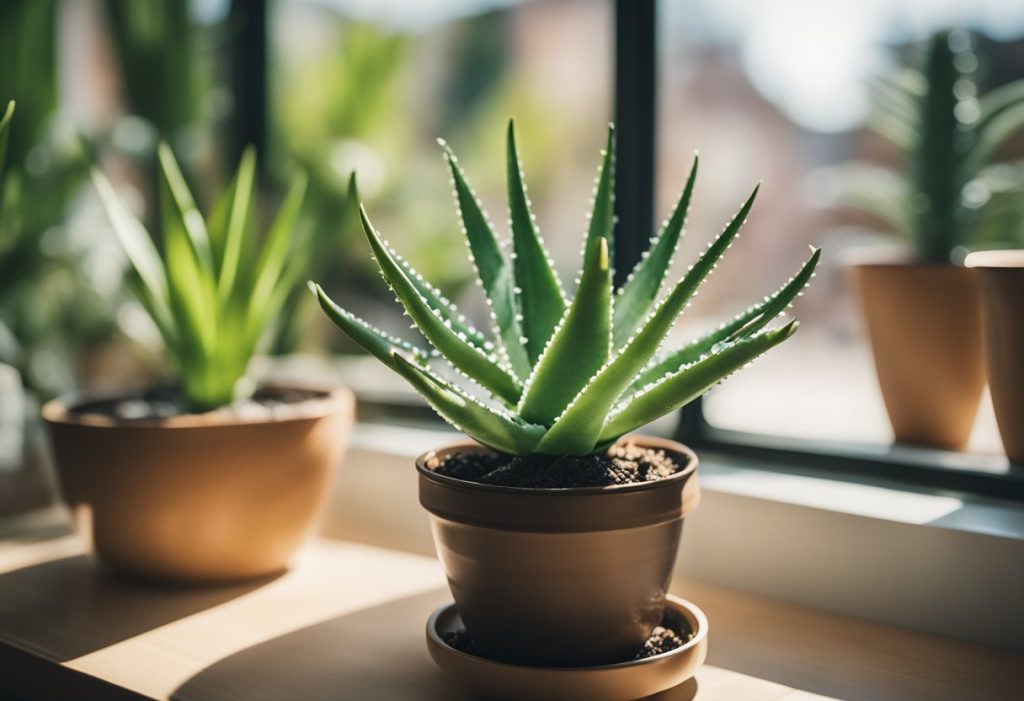
Maintaining the right temperature is crucial for aloe vera. Keep your plant in a stable environment, with temperatures ranging between 55 and 80°F (13 and 27°C). Aloe vera, also known as Aloe Barbadensis Miller, prefers well-draining soil typically used for succulents or cacti. Over-watering is a common mistake; ensure you water your aloe only when the soil is completely dry, roughly every couple of weeks.
Aloe vera is not just a decorative plant; it also has numerous health benefits and medicinal properties. For centuries, people have used its gel to treat burns, cuts, and other skin irritations. With minimal care, your aloe vera plant can provide both aesthetic pleasure and practical benefits for years to come.
Selecting the Right Aloe Vera Plant

Choosing the right Aloe Vera plant is critical to ensuring its health and longevity. Focus on selecting the appropriate species or variety and examining the health and appearance of the plant.
Species and Varieties
Aloe Vera is the most popular species for its medicinal properties, but other varieties like Aloe arborescens and Aloe polyphylla also have unique features. Aloe arborescens, for example, is more cold-tolerant and produces striking red flowers.
When selecting your plant, consider Aloe Vera for general care and usefulness. If aesthetics are a priority, the spiral growth of Aloe polyphylla can add visual appeal. Each variant offers distinct characteristics, so your choice should reflect both your needs and climatic conditions.
Health and Appearance
Evaluate the plant’s health before purchasing. Look for firm, green leaves without discoloration or soft spots. A healthy aloe should be free from pests such as aphids or mealybugs, which can harm the plant. Examine the roots if possible; healthy roots are white and firm, not brown or mushy.
Avoid plants with visible damage or signs of disease. Ensure the plant is neither too dry nor overly moist. A well-maintained appearance indicates proper care and increases the likelihood of successful growth in your home. Proper assessment at the outset saves time and effort in the long run.
Essentials of Aloe Plant Care

To ensure your aloe plant thrives, focus on providing proper lighting, maintaining an optimal temperature range, and watering appropriately. These factors are critical for keeping your aloe healthy and vibrant.
Proper Lighting
Aloe vera plants thrive best in bright, indirect sunlight. Position your plant near a window that receives ample sunlight but avoid placing it in direct sunlight for extended periods.
Direct sunlight can scorch the leaves, causing them to turn brown or yellow. If natural light is insufficient, you can use grow lights to supplement. Rotate your aloe plant periodically to ensure uniform light exposure which will promote balanced growth.
Optimal Temperature
Aloe plants prefer a temperature range between 60°F and 90°F. They are not frost-tolerant, so it’s essential to monitor and maintain appropriate indoor temperatures, especially during colder months.
If you keep your plant outdoors, make sure to bring it inside when the temperature drops below 50°F. Sudden temperature changes can stress the plant. Maintaining a consistent environment will help the aloe thrive and avoid stress.
Adequate Watering
Proper watering is crucial for aloe plants due to their low tolerance for overwatering. Water your aloe deeply but infrequently, allowing the soil to dry out completely between waterings.
During the growing season, you may need to water every 2-3 weeks. In the dormant winter period, reduce watering frequency. Always check that the top two inches of soil are dry before watering again. Using a well-draining soil mix, like cactus soil, can help prevent root rot.
Potting and Soil Recommendations
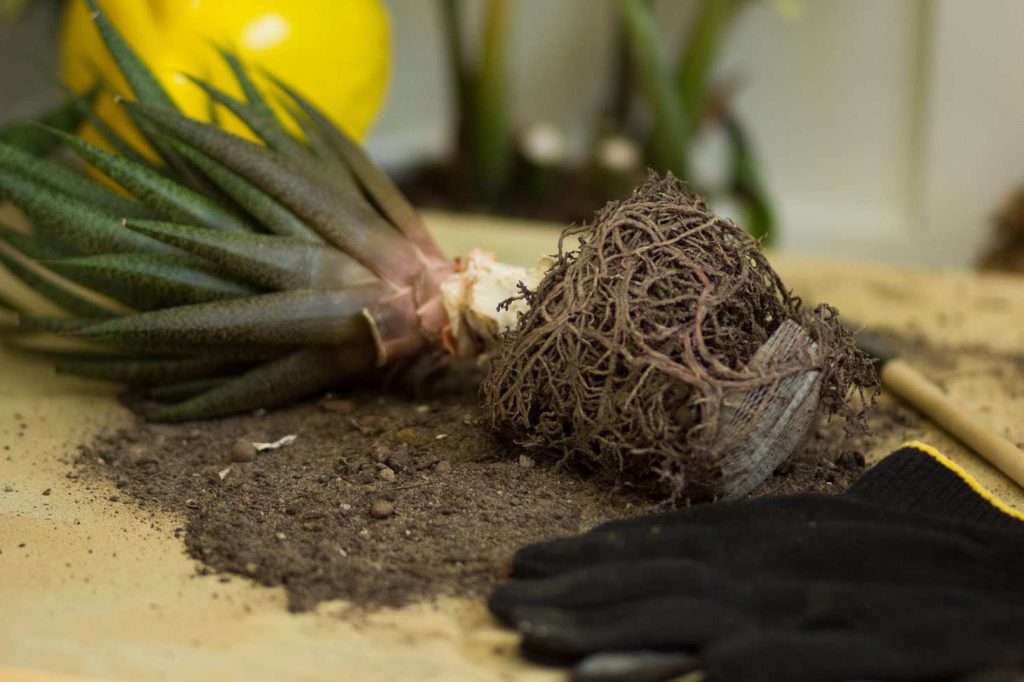
Ensuring your aloe vera has the proper pot and soil mix is crucial for its health. Focus on selecting the right size and type of pot, and use a soil mix that promotes excellent drainage.
Choosing the Right Pot
Choose a pot that is slightly larger than the root ball of your aloe vera. Terracotta pots are ideal because they are porous, allowing for good airflow and moisture evaporation. Ensure the pot has drainage holes to prevent water from accumulating at the bottom, which can lead to root rot.
When repotting, consider using a pot that is about 1-2 inches wider in diameter than the root system. This allows the plant some room to grow without overwhelming the roots.
Best Soil Mixes
Aloe vera thrives in well-draining soil. Use a mixture that combines potting soil with materials like perlite, sand, or cactus soil to ensure proper drainage. An effective mix might be:
- 2 parts potting soil
- 1 part sand or perlite
This combination helps keep the soil dry and prevents root rot by allowing excess water to escape easily.
Apart from this, you can also purchase specialized cactus potting mixes which are designed to meet these drainage requirements. Aim for a soil pH that is slightly alkaline to neutral (around 7-8.5) for optimal growth.
Maintaining Aloe Health and Growth
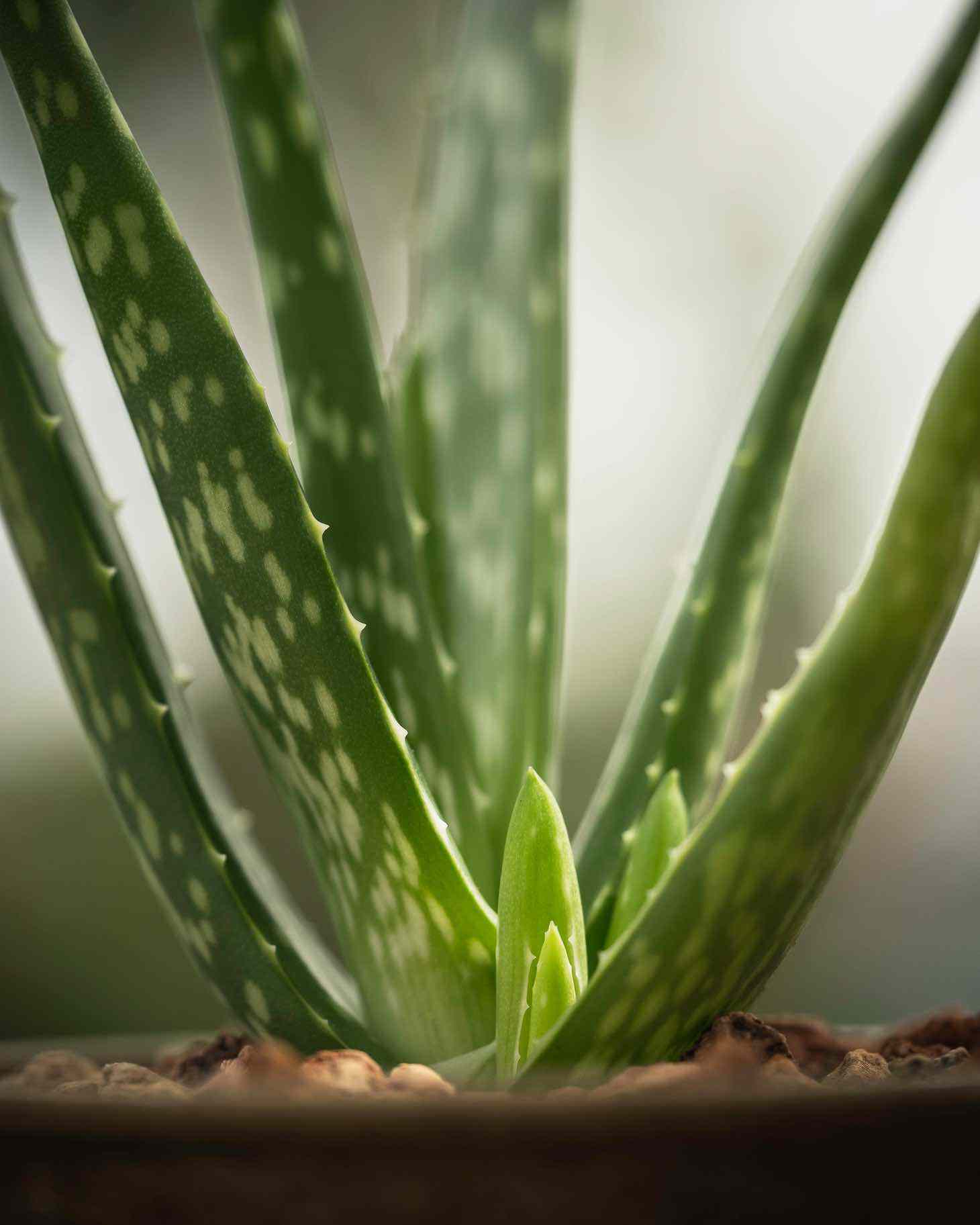
Proper care ensures your aloe vera plant remains healthy and continues to grow vigorously. This includes regular fertilizing, monitoring for pests and diseases, and managing propagation.
Fertilizing Your Aloe
Aloe vera benefits from yearly fertilizing. Use a liquid 10-40-10 houseplant fertilizer, diluted to half strength, in the spring. This supports vibrant growth and helps maintain lush foliage. Avoid over-fertilizing as it can damage the plant.
When grown outdoors directly in the ground, aloe plants usually do not require additional feeding. Indoor plants may need this annual boost to thrive. Always apply fertilizer to moist soil to prevent root burn. Regular but sparse feeding supports the health and growth of your aloe.
Dealing with Pests and Diseases
Pests like mealybugs, scale, and mites can affect aloe vera. Inspect your plant regularly and look for these pests on the foliage and around the base. If detected, remove manually or treat with insecticidal soap.
Preventing fungal problems requires good drainage and avoiding overwatering. Fungal diseases can cause root rot, jeopardizing your plant’s health. Ensure your aloe is planted in well-drained soil and water only when the top two inches of soil are dry.
Pruning and Propagating
Pruning is minimal for aloe vera. Remove any dead or damaged leaves to improve appearance and encourage new growth. Use clean, sharp scissors to avoid damaging the plant.
Propagate aloe by separating pups or offsets from the mother plant. These should be at least a few inches tall and have several leaves. Carefully remove the offsets, ensuring they have some roots attached. Allow them to dry before repotting in well-draining soil. This method will help you produce new, healthy aloe plants.
Special Considerations for Aloe Care
Certain factors play a crucial role in aloe care, including proper seasonal adjustments, specific techniques for harvesting aloe vera gel, and practical uses in the kitchen and home remedies.
Seasonal Adjustments
Aloe vera plants thrive in temperatures between 60-90°F. During the winter months, they enter a dormant phase and require less water.
Outdoors: If you keep your aloe plant outside, bring it indoors to avoid frost damage.
Indoor: For indoor plants, place them near a sunny window but avoid direct, intense sunlight. Too much sun can cause sunburn on the leaves.
Watering: Reduce watering frequency to once every three weeks during the winter. Ensure the soil is dry at least two inches below the surface before watering again.
Aloe Vera Gel Harvesting
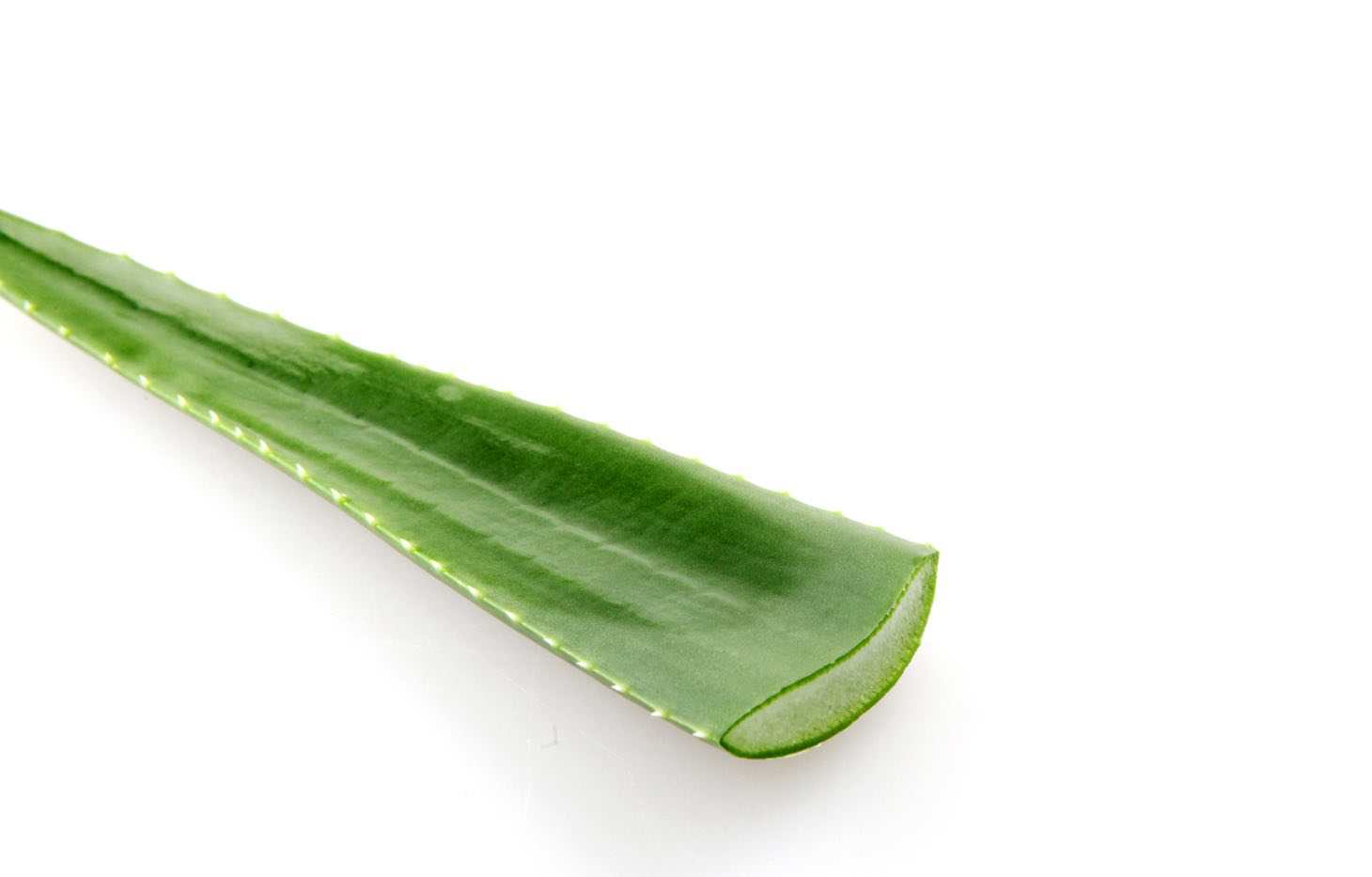
When you need to harvest the gel, use a sharp knife to cut a mature, outer leaf from the base of the plant.
Preparation: After cutting, wash the leaf thoroughly to remove any dirt.
Gel Extraction: Slice the leaf open lengthwise and scoop out the gel with a spoon.
Storage: Freshly cut leaves are best, as the gel can lose potency over time. Store any unused gel in an airtight container in the refrigerator for up to a week.
Usage: The gel can be applied directly to skin irritations, scrapes, and sunburn. It acts as a soothing and healing agent due to its anti-inflammatory properties.
Aloe’s Role in Kitchen and Home Remedies
Aloe vera gel has a variety of uses beyond skincare.
Kitchen Use: You can add it to smoothies and juices for its laxative properties. Ensure you only use the inner gel and not the latex layer, which can be toxic in large amounts.
Home Remedies: The gel serves as a base for DIY face masks and daily moisturizers. It’s also effective for treating minor cuts and burns in the kitchen. Always wear gloves when handling aloe to avoid skin irritation from its sap.
By understanding and implementing these special considerations, you ensure your aloe vera plant remains healthy and beneficial year-round.
Safety and Toxicity Awareness

When caring for an Aloe vera plant, you should be aware of safety and toxicity concerns to ensure the health of both your household and pets.
Aloe vera contains a compound known as aloin, which can be harmful if ingested in significant amounts. This toxicity is particularly concerning for pets. Dogs and cats can experience adverse reactions, including gastrointestinal distress, such as vomiting and diarrhea.
For beginners in plant care, it’s crucial to understand that while Aloe vera’s gel is often used topically for burns and skin conditions, the latex part of the plant should be avoided for oral consumption due to its laxative effects and potential toxicity.
Plant Care Guide:
- Keep Aloe Plants Out of Reach: Place your Aloe vera in areas inaccessible to pets and children.
- Use Gloves: When handling the plant, especially when trimming or extracting gel, wear gloves to avoid skin irritation.
- Proper Labeling: Clearly label any containers storing Aloe vera gel or extracts for household use.
To avoid these risks, ensure adequate health measures by monitoring interactions and providing appropriate care. Proper knowledge and precautions can help you enjoy the benefits of Aloe vera safely.

